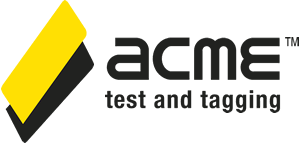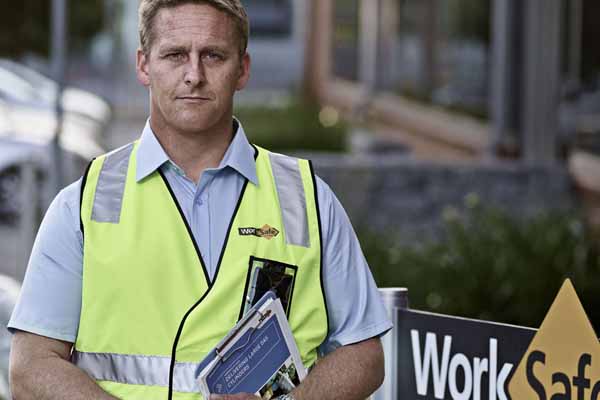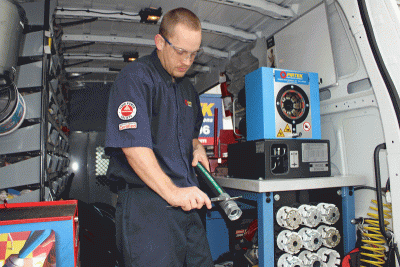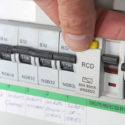What to do when an electric shock happens.
Electric shock incidents can happen at any time and without prior warning.
Here is a quick guide from St John Ambulance on what to do when a person is receiving or received an electric shock.
- Check for danger to yourself, bystanders and the patient.
- Switch off power, if possible, before trying to help the patient.
- If the patient is in contact with high voltageHigh voltage operates at > 1,000V AC or > 1500V DC High voltage presents a risk of electrical arcing More lines, do not approach, but wait until power is disconnected by authorised electrical personnel.
- If power cannot be switched off quickly, remove the patient from the electrical supply without directly touching them. Use a non-conductive, dry material (eg a dry wooden broom handle).
- Follow DRSABCD. Call triple zero (000) for an ambulance.
- Hold any burnt area under cool running water for 20 minutes.
- Remove jewellery and clothing from burnt areas, unless stuck to the burn.
- Cover the burnt area with a loose and light nonstick dressing, preferably clean, dry, non-fluffy material such as plastic cling film.
- Seek medical aid






